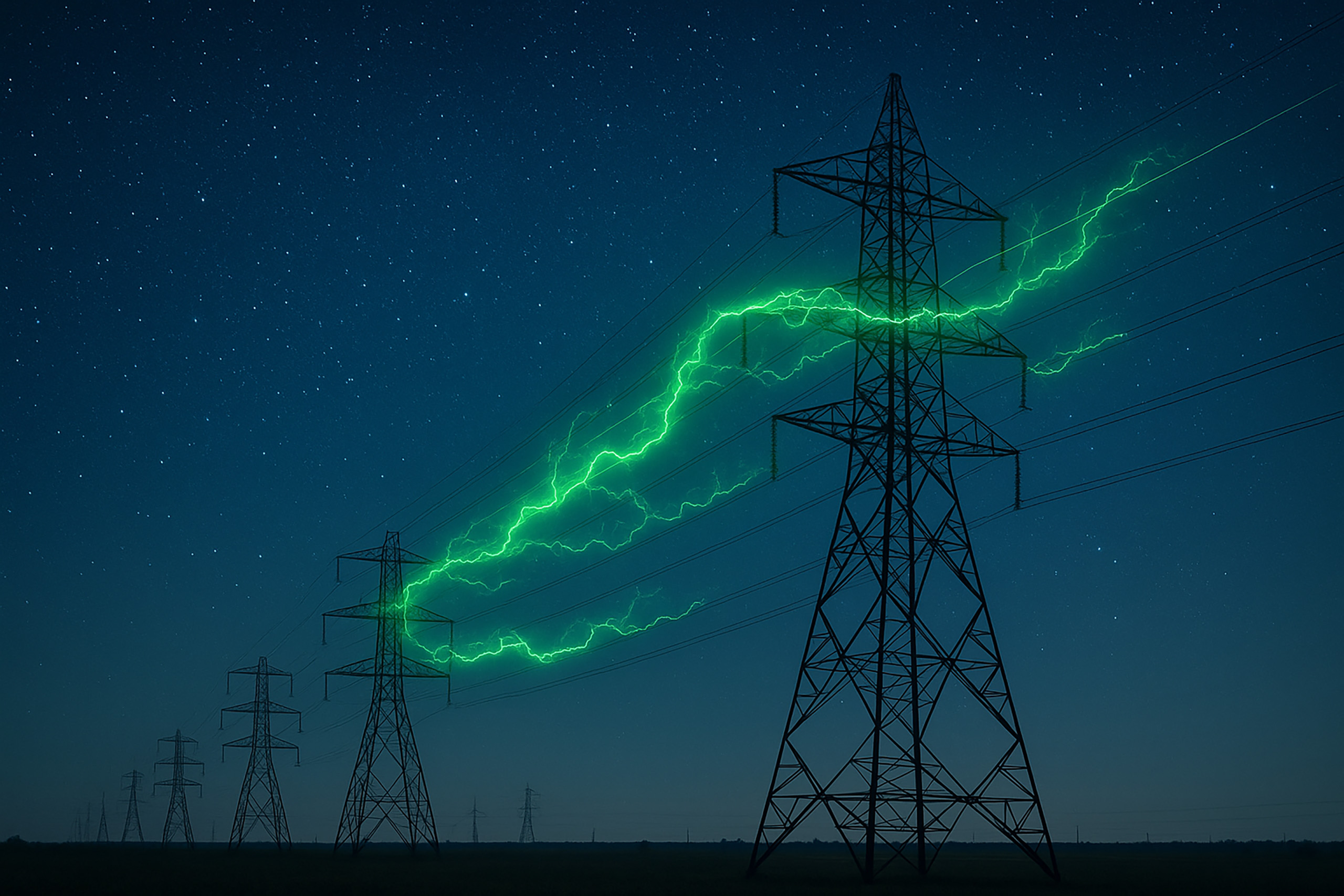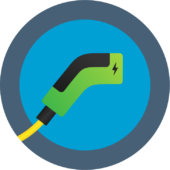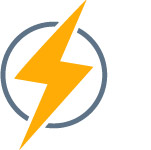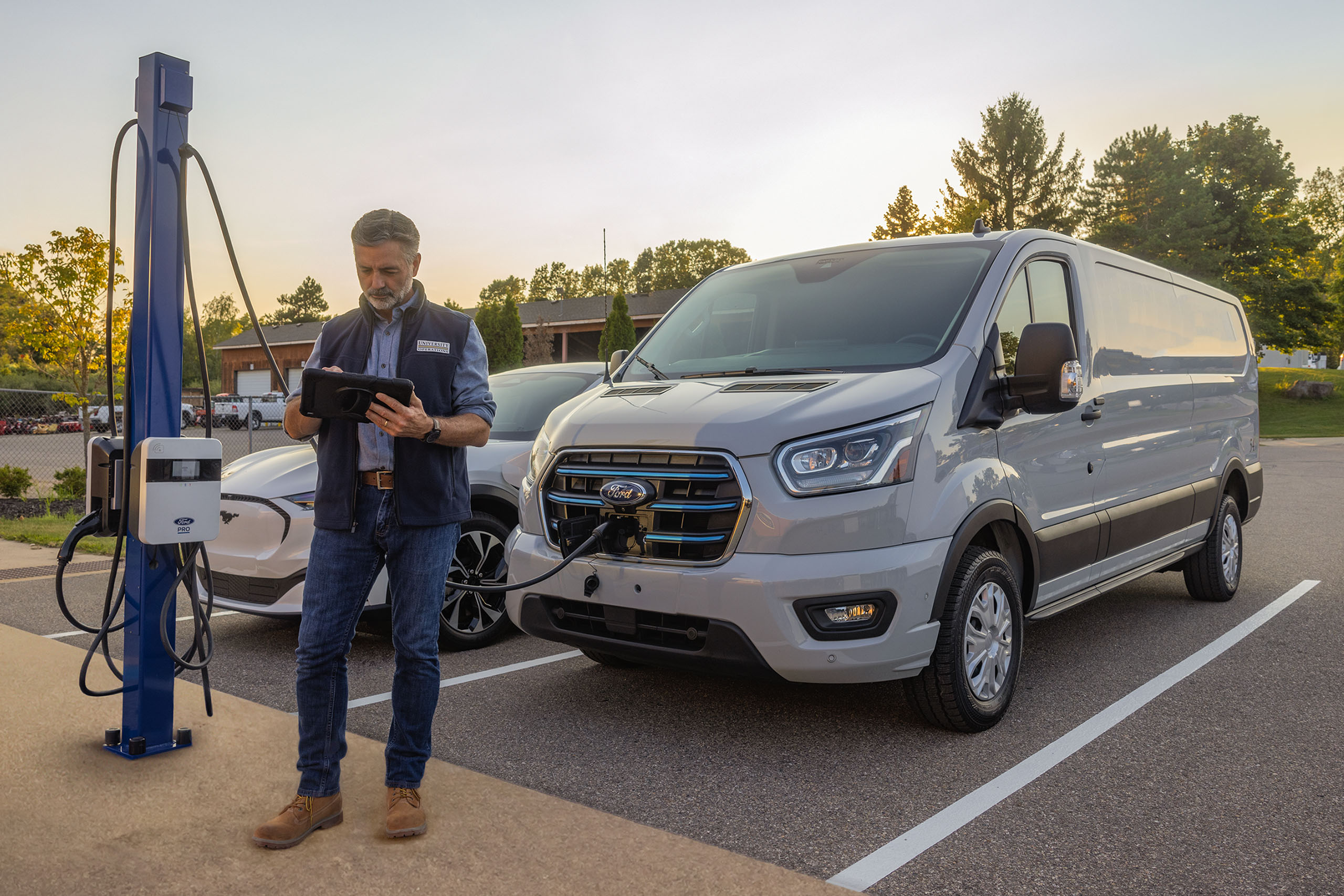

Just like a new car, a charger for an electrical vehicle (EV) comes with features that affect price. There is no single answer to the question: What does a level 3 charger cost?
You can purchase a basic, inexpensive car. But additional features increase the price. Similarly, level 3 charging station costs range from $40,000 to $175,000 per unit.
It’s not just about the price tag, though. Level 3 chargers vary widely by capability. And, in many cases, your company can recoup the investment through the business value that EV charging provides to your customers, your employees, and your brand.
What Are Level 3 Chargers?
EV charging equipment is classified by how fast it replenishes an EV’s battery. Any charger that exceeds 25 miles of charge per hour is a level 3 charger.
Use of Direct Current
Level 3 chargers have the capability to convert alternating current from the grid to direct current (DC) for the battery to store. They’re more expensive than level 2 chargers due to this internal conversion capability.
Differences with Level 2 Chargers

Level 1 charging involves a regular 120-volt outlet and is appropriate for residential use.
Other Names for Level 3 Chargers
Level 3 chargers also are called direct-current fast chargers (or DC fast chargers or DCFC). In the US, more than 15% of public-facing EV charging ports are DC fast chargers, according to the Department of Energy.
How Do You Use Level 3 Chargers?
Level 3 charging runs off 480-volt power lines. Interestingly, the higher-capacity conduit, panels, and circuit breakers don’t add significant expense over what similar level 2 equipment would cost.
“Fueling” the Electric Vehicle
Similar to a gas pump, the driver inserts the charging cable into the port of the car. Depending on the make of the EV, the charging cord may require a connector to fit into the car’s charging socket.
Understanding Energy Use
Level 3 chargers can communicate in the cloud through network software. Future Energy’s software solution, Interface, allows you to monitor and control all of your electrical use in real-time.
Storing Energy
Some level 3 chargers not only convert energy but also can store it. For example, a ChargePoint DCFC can cost in excess of $100,000, but it includes power blocks and other internal equipment that mitigate the need for a utility upgrade.
What Are the Cost Factors of Level 3 Chargers?
Future Energy recommends the installation of level 3 infrastructure even if your immediate plans call for the installation of level 2 chargers.
Power Output

Type of Connector
There are four types of connectors for level 3 chargers. Similar to different phone chargers for an iPhone or Android, these attachments fit into the EV’s charging socket.
CHAdeMO (pronounced “CHA-di-mo”): Developed by Japanese automakers seeking to form a global infrastructure of level 3 public EV charging stations, CHAdeMO is an abbreviation of CHArge de MOve.” The word loosely derives from the Japanese phrase “How about a cup of tea?”—a nod to how quickly a driver can charge an EV using a level 3 charger. The connector contains two large pins exclusively for DC charging.
SAE Combo (also called CCS, or “Combo Charging System”): The Society of Automotive Engineers created its own standard for fast charging. SAE CCS connectors support both level 3 fast charging and level 2 charging.
Tesla: Tesla offers a proprietary connector. Only Tesla EVs can use Tesla level 3 chargers, also called Superchargers.
GB/T: GB/T is the English equivalent of China’s Guobiao Standards. GB/T connectors are exclusively for level 3 charging in China.
OCPP Compliance
The Open Charge Point Protocol (OCPP) facilitates communication among EV charging stations and many software systems that help manage EV charging networks in the cloud. In fact, OCPP has become the benchmark for interoperability for EV charging worldwide.
Software Integration
Beyond OCPP compliance, the features of level 3 charging station software also affect cost. These include incorporation of a touch screen or other services the software provides.
Warranty
The length and type of warranty also affects level 3 charger cost. The standard warranty is two years, but some chargers offer three-year warranties or guarantee the product up to a certain number of charging cycles.
What Are the Benefits of Installing Level 3 Chargers?
The real question surrounding level 3 charging station cost is not the price tag. Instead, the question is how the features of the level 3 charger you choose can enhance your business operations.
Rebates for Level 3 Chargers
The nationwide push toward EV adoption has unleashed numerous financial incentives for your business to install level 3 EV chargers.
In many cases, these incentives, rebates, and grants can cover 100% of your electric car charging station’s cost.
However, not all level 3 chargers are eligible for rebates. Future Energy can help you identify which equipment qualifies so that you don’t miss out on recouping some of your investment. In fact, Future Energy’s Financial Incentive National Database (FIND) tool instantly identifies every available financial opportunity for any Future Energy client nationwide.
Business Value of Electric Vehicle Charging Stations
Because the market for EVs is so new, it’s important to think about benefits beyond purely a revenue-generating business model. Instead, public EV charging stations are a way to demonstrate your company culture and beliefs.
For example, you can offer level 3 charging as an employee benefit.
Brand Enhancement

These public EV charging stations show potential customers that this company is a forward-thinking leader in the burgeoning market. Beyond the attraction of additional customers, Future Energy is helping the company use the fast chargers to enhance its brand.
Who Can Help You Understand Level 3 Charger Cost?
The question of what a level 3 charger costs isn’t a simple answer. At Future Energy, we help you see beyond the monetary answer to unlock the business value of incorporating level 3 charging solutions into your operations. Contact us today to find out how your business can benefit.



